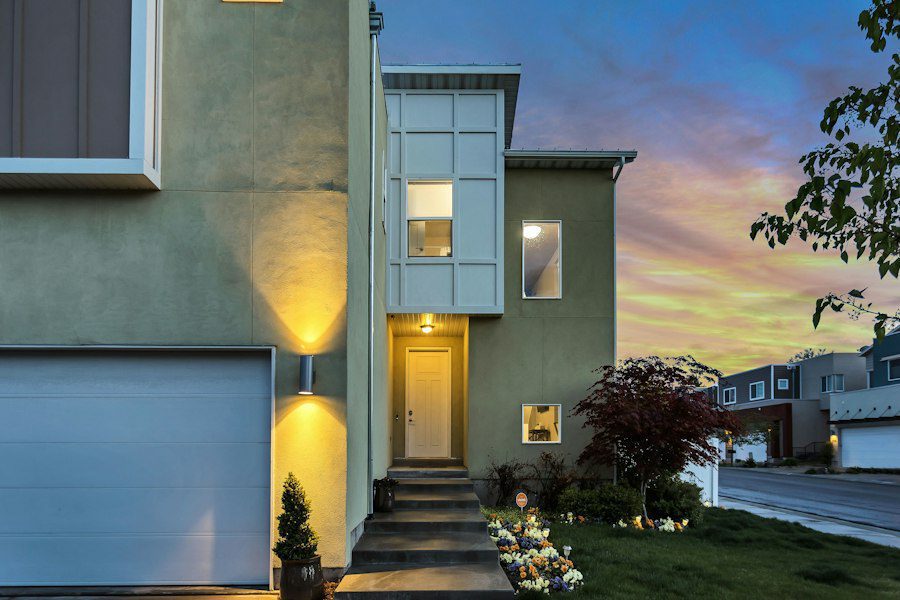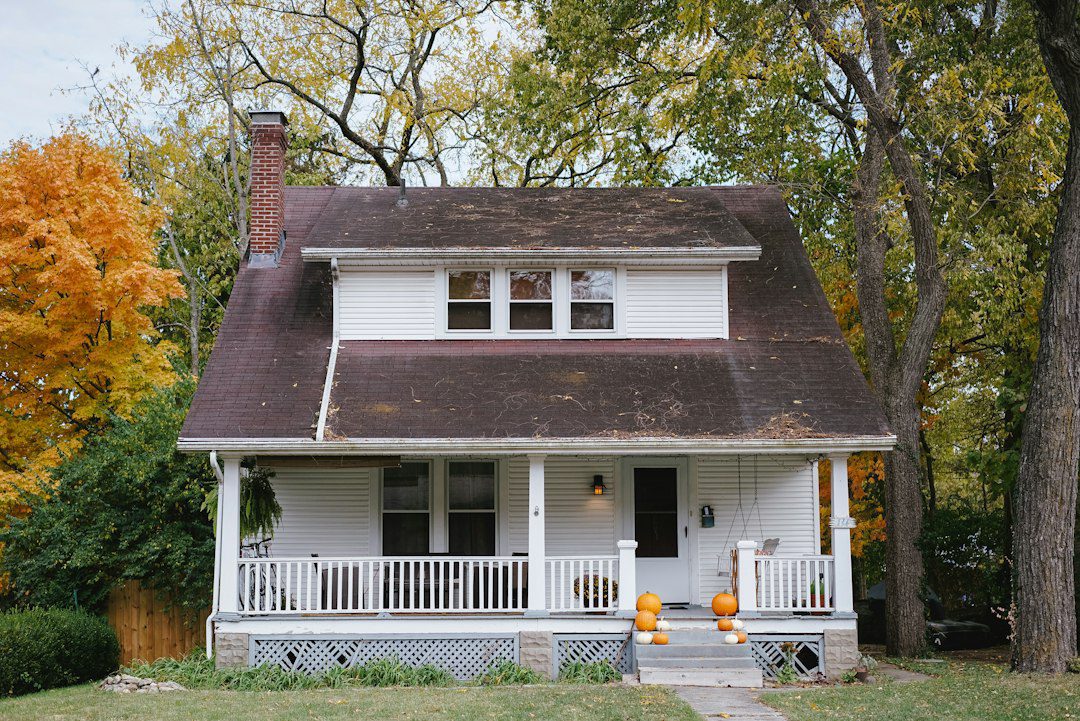Pollinators play a crucial role in the success of a garden. They are responsible for transferring pollen from the male parts of a flower to the female parts, which leads to fertilization and the production of fruits and seeds. Without pollinators, many plants would not be able to reproduce, and our food supply would be greatly diminished. One important group of pollinators is bees, and among them, mason bees are particularly valuable.
Mason bees, also known as orchard bees or blueberry bees, are native to North America and are excellent pollinators. They are solitary bees, meaning they do not live in colonies like honeybees. Instead, each female mason bee builds her own nest and lays her eggs inside individual cells. These bees are highly efficient pollinators because they carry large amounts of pollen on their hairy bodies and visit numerous flowers in a short amount of time.
Key Takeaways
- Mason bees are important pollinators for your garden, and building a mason bee house can help attract them.
- Mason bees require specific habitat needs, such as a dry and protected nesting area with access to mud.
- Building your own mason bee house can provide benefits such as increased pollination and a fun DIY project.
- Materials needed for building a mason bee house include wood, bamboo, and a drill.
- Proper placement and maintenance of your mason bee house can help ensure a thriving garden and happy bees.
Understanding Mason Bees and Their Habitat Needs
Mason bees are small, non-aggressive insects that measure about half an inch long. They have a dark metallic blue or black color, which gives them their name. Unlike honeybees, mason bees do not produce honey or have a queen bee. Instead, each female is responsible for building her own nest and raising her offspring.
Mason bees prefer to nest in pre-existing cavities such as hollow plant stems or holes in wood. They are called “mason” bees because they use mud or clay to construct partitions between their brood cells. These partitions protect the developing larvae from predators and provide a safe environment for them to grow.
To attract mason bees to your garden, it is important to provide them with suitable nesting sites. This can be done by building a mason bee house, which mimics the natural cavities they prefer. By providing these artificial nesting sites, you can encourage mason bees to stay in your garden and help with pollination.
Benefits of Building Your Own Mason Bee House
Building a mason bee house in your garden has several advantages. Firstly, it provides a safe and secure nesting site for mason bees. By offering them a suitable habitat, you are helping to support their population and ensure their survival.
Secondly, mason bees are excellent pollinators. They are more efficient than honeybees because they carry large amounts of pollen on their bodies and visit numerous flowers in a short amount of time. By attracting mason bees to your garden, you can greatly increase the pollination of your plants, leading to higher yields of fruits and vegetables.
Lastly, mason bee houses are easy to build and maintain. They require minimal effort and can be made from simple materials that are readily available. Compared to other types of bee houses, such as those for honeybees or bumblebees, mason bee houses are less complex and do not require as much time or expertise to construct.
Materials Needed for Building a Mason Bee House
| Materials | Quantity |
|---|---|
| Wooden boards | 2 |
| Bamboo sticks | 20 |
| Drill bit | 1 |
| Saw | 1 |
| Sandpaper | 1 |
| Nails | 10 |
| Hammer | 1 |
To build a mason bee house, you will need the following materials:
1. Wood: Choose untreated wood that is at least ¾ inch thick. Cedar or pine are good options.
2. Drill: You will need a drill with various drill bit sizes to create holes of different diameters.
3. Bamboo or reed tubes: These can be purchased or collected from the wild. Make sure they are clean and free from pests or diseases.
4. Cardboard tubes: These can be used as an alternative to bamboo or reed tubes.
5. Screws or nails: Use these to assemble the wooden parts of the bee house.
6. Roofing material: You will need something to cover the top of the bee house and protect it from the elements. This can be a piece of metal, plastic, or wood.
7. Wire or string: Use this to hang the bee house in your garden.
Step-by-Step Guide on How to Build a Mason Bee House
1. Cut the wood into the desired shape and size for your bee house. You can make it as simple or as elaborate as you like, but make sure it has enough space to accommodate the nesting tubes.
2. Drill holes into the wood using different drill bit sizes. The holes should be about 5-6 inches deep and have diameters ranging from 5/16 inch to 3/8 inch. Space the holes about ¾ inch apart.
3. Attach the bamboo or reed tubes to the wooden frame using screws or nails. Make sure they are secure and cannot be easily dislodged.
4. If using cardboard tubes, cut them to the desired length and insert them into the drilled holes. Make sure they fit snugly and do not move around.
5. Attach the roofing material to the top of the bee house to protect it from rain and snow. Make sure it is securely fastened and does not blow away in strong winds.
6. Attach a wire or string to the top of the bee house so that it can be hung in your garden. Make sure it is strong enough to support the weight of the bee house.
7. Hang the bee house in a sunny spot in your garden, preferably facing south or southeast. This will ensure that it gets enough sunlight and warmth, which mason bees prefer.
Tips on Proper Placement of Your Mason Bee House

When choosing a location for your mason bee house, there are several factors to consider. Firstly, mason bees prefer sunny spots that receive at least six hours of direct sunlight each day. This helps to warm up their nests and provides them with the energy they need for foraging and reproduction.
Secondly, the bee house should be placed at a height of about four to six feet off the ground. This will protect it from predators such as ants and spiders, which may try to invade the nests.
Lastly, the bee house should be positioned near a source of mud or clay. Mason bees use these materials to construct their nest partitions, so having them nearby will make it easier for the bees to build their nests.
How to Attract Mason Bees to Your Garden
To attract mason bees to your garden, you can take several steps. Firstly, provide them with a suitable nesting site by building a mason bee house. This will give them a safe and secure place to lay their eggs and raise their offspring.
Secondly, plant flowers and plants that mason bees prefer. They are attracted to a wide variety of flowering plants, especially those with open-faced flowers that provide easy access to nectar and pollen. Some examples include lavender, sunflowers, asters, and fruit trees.
Lastly, avoid using pesticides and herbicides in your garden. These chemicals can be harmful to bees and other pollinators. Instead, opt for organic gardening methods that promote biodiversity and create a healthy ecosystem for mason bees and other beneficial insects.
Maintenance and Cleaning of Your Mason Bee House
Regular maintenance and cleaning of your mason bee house are important for its longevity and the health of the bees. Here are some steps you can take:
1. Clean the bee house at the end of each season, usually in late fall or early winter. Remove any debris or pests that may have accumulated inside the nesting tubes.
2. Gently brush away any loose dirt or mud from the outside of the bee house.
3. Inspect the nesting tubes for signs of disease or parasites. If you notice any signs of infestation, such as mold or mites, remove the affected tubes and replace them with new ones.
4. Store the bee house in a dry and protected place during the winter months to prevent damage from moisture or freezing temperatures.
Bee Removal: What to Do if Your Mason Bee House Becomes Overcrowded
If your mason bee house becomes overcrowded, you may need to take steps to manage the population. Signs of overcrowding include bees fighting or competing for nesting sites, or a lack of available nesting tubes.
To address this issue, you can either expand your existing bee house or provide additional nesting sites nearby. This can be done by building another bee house or placing hollow plant stems or drilled wood blocks in the vicinity.
By providing more nesting options, you can help alleviate overcrowding and ensure that all mason bees have access to suitable nesting sites.
Enjoying the Fruits of Your Labor with a Thriving Garden
In conclusion, mason bees are important pollinators that can greatly benefit your garden. By building a mason bee house and providing suitable nesting sites, you can attract these valuable insects and increase the pollination of your plants.
Building a mason bee house is a simple and rewarding project that requires minimal materials and effort. By following the steps outlined in this article, you can create a safe and secure habitat for mason bees and enjoy the benefits of a thriving garden.
So why wait? Start building your own mason bee house today and reap the rewards of a bountiful harvest!
If you’re interested in creating a mason bee house, you might also enjoy reading this article on the Houston Veterans website about the importance of supporting our veterans. It’s crucial to recognize and honor the sacrifices made by those who have served our country. By providing resources and services to veterans, we can help them transition back into civilian life and thrive. Check out the article here to learn more about how you can make a difference in the lives of our brave veterans.
FAQs
What is a Mason Bee House?
A Mason Bee House is a man-made structure designed to provide a nesting site for mason bees, which are solitary bees that are excellent pollinators.
Why should I make a Mason Bee House?
Mason bees are important pollinators for many plants, including fruit trees and vegetables. By providing a nesting site for them, you can help increase their population and improve the health of your garden.
What materials do I need to make a Mason Bee House?
To make a Mason Bee House, you will need a wooden block or log, a drill, and some bamboo or reed tubes.
How do I make a Mason Bee House?
To make a Mason Bee House, drill holes of varying sizes into the wooden block or log, and insert the bamboo or reed tubes into the holes. Hang the house in a sunny location, and wait for the bees to move in.
When should I put up my Mason Bee House?
The best time to put up a Mason Bee House is in the early spring, before the bees emerge from their winter hibernation.
How do I maintain my Mason Bee House?
To maintain your Mason Bee House, clean out the tubes once a year to remove any debris or pests. You can also replace any damaged or moldy tubes with new ones.

